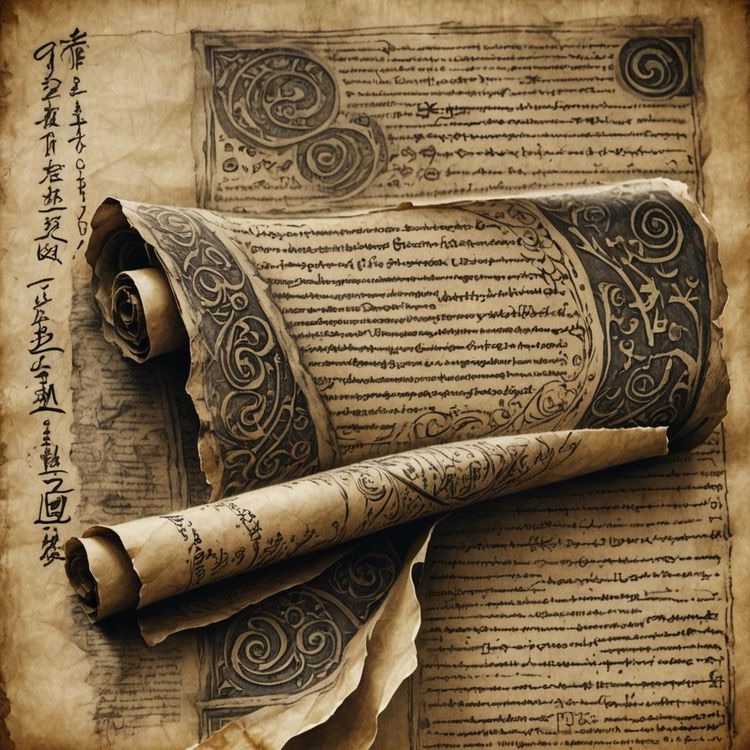A Verse of Balance, Temperance, and Unity
“From the Scroll of Harmony, Verse 23:12-17”
“As the sun rises and falls, and the river flows from its source to the sea, so too must all things come to rest in balance. Those who walk the path of life must do so neither in haste nor delay, but in rhythm with the breath of creation, for only then will they find the peace that lies between each heartbeat.”
23:13 — And the wise say: temper thy desires, for what is gained too quickly will soon be lost. What is claimed in haste will weigh heavy on the heart. Seek neither more nor less than what is needed, for excess burdens the spirit, and scarcity binds the soul.
23:14 — Consider the river and the shore, how each shapes and is shaped by the other; the river yields to the shore’s embrace, yet carves its own path. So, too, does life find harmony when strength is tempered by humility, and desire by wisdom. In this dance lies the unity of all things, the harmony between force and surrender.
23:15 — Blessed are those who walk the middle way, for they shall drink deeply from the well of understanding. Neither drawn by the tides of the world nor shut away from its call, they dwell in the heart of the world as one who listens to the song of all creation.
23:16 — Know that the Father above and the Mother below are joined in your being; what is bound above finds its reflection in the roots below. Thus, let each action serve the whole, honoring the light that reaches down and the roots that reach up.
23:17 — In balance, there is unity; in temperance, strength; and in unity, the peace that no storm can shatter. Seek ye this peace, not as those who grasp but as those who receive, for in this lies the greatest gift: the understanding that you are the bridge between what is seen and what is unseen.”
This passage is meant to reflect the style and wisdom of ancient scripture, inspired by texts that value balance, inner peace, and the union of opposites.
